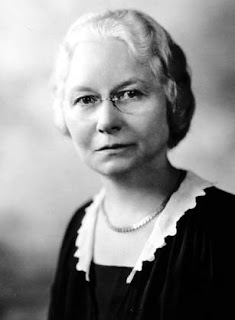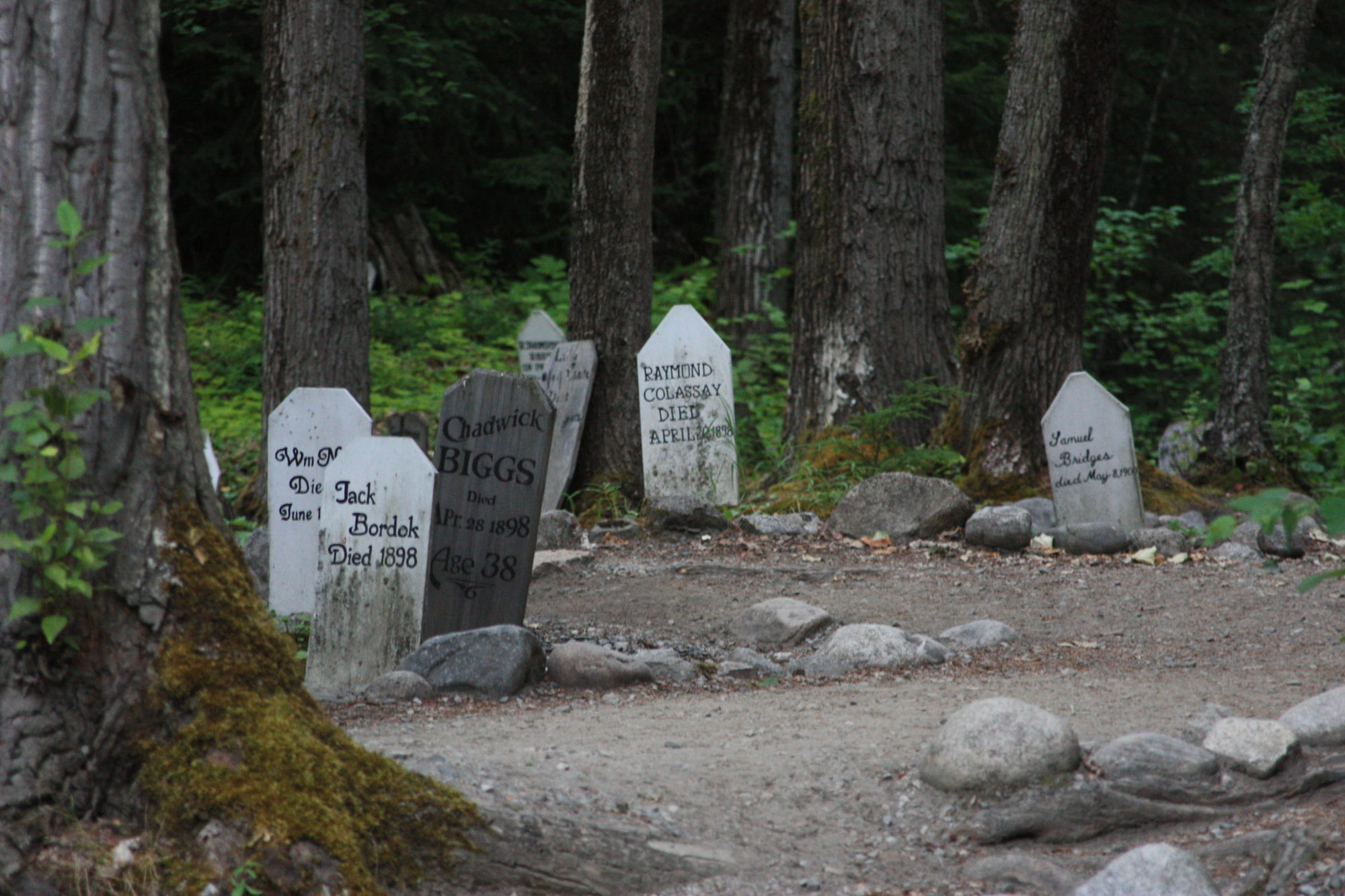
Hettie, or Ester was born in 1869 in Seabeck, Washington in a logging camp. The physician who delivered Esther Clayson’s youngest sister was a woman and inspired Clayson to enter the University of Oregon’s Medical School in 1894. Her father was an English seaman who had jumped ship in 1864 and brought his family to join him three years later. His attempts to support his family as a lumber merchant, hotel manager, newspaper editor, and farmer were not entirely successful. After such unsteady beginnings, young Esther Clayson decided that she had no desire to be the helpmate of an Oregon farmer or pioneer hotel keeper. For a while, she could not decide between a career in theater or medicine. While theater seemed unreal to her, medicine was “drama in its highest form.” After graduating in 1898 from Medical School she married a fellow doctor, Emil Pohl. They joined the rest of the Clayson clan in Skagway soon after. As they arrived there was a meningitis outbreak.
Hettie and her husband, Emil set up the Union Skagway Hospital to treat the many sick men. The Pohls were indeed heroes of the town in that year.
The Clayson family had a large general store called Clayson’s. After the murder of her brother, Frederick Clayson on December 25, 1899 in the Yukon, the family eventually moved down to Washington. The doctors Pohl stayed in Alaska for a few years, but Dr. Emil Pohl himself died in 1911 in Alaska from either spinal meningitis or an encephalitis epidemic. After Emil’s death Ester married George Lovejoy in 1912 and relocated to Portland Oregon.
In 1907 Dr. Pohl was the first woman to direct a city department of health, the Portland Board of Health, in Oregon.
In 1919 she was co-founder and first director of the Medical Women’s International Association.
In her lifetime, Dr. Esther Clayson Pohl Lovejoy transformed the Portland Board of Health in Oregon by regulating the milk supply, providing funds for school nurses, and gaining Portland a national reputation for its high standards of sanitation. She also helped to establish the Medical Women’s International Association and the American Women’s Hospitals which, under her leadership, grew from an emergency committee for war-relief into an international service organization operating in thirty countries.
From 1911 to 1920, Esther Pohl Lovejoy continued her support of women’s suffrage, the League of Nations, and Prohibition, even running for a seat in Congress. She was an outspoken campaigner, publicizing the plight of poor farmers in the Northwest and calling local bankers “bandits” who charged ruinous interest rates in order to profit from the farmers’ misfortunes.
Dr. Ester Clayson Pohl Lovejoy passed away on this day, August 17 1967 in New York at the age of 98.
Her life is a shining beacon and an inspiration.
National Institute of Health: Changing the face of Medicine – Celebrating America’s Women Physicians – online; Murder in the Yukon; Klondike Mission, Sinclair; The Biographical Dictionary of Women in Science by Marilyn Bailey Ogilvie, Joy Dorothy Harvey.










